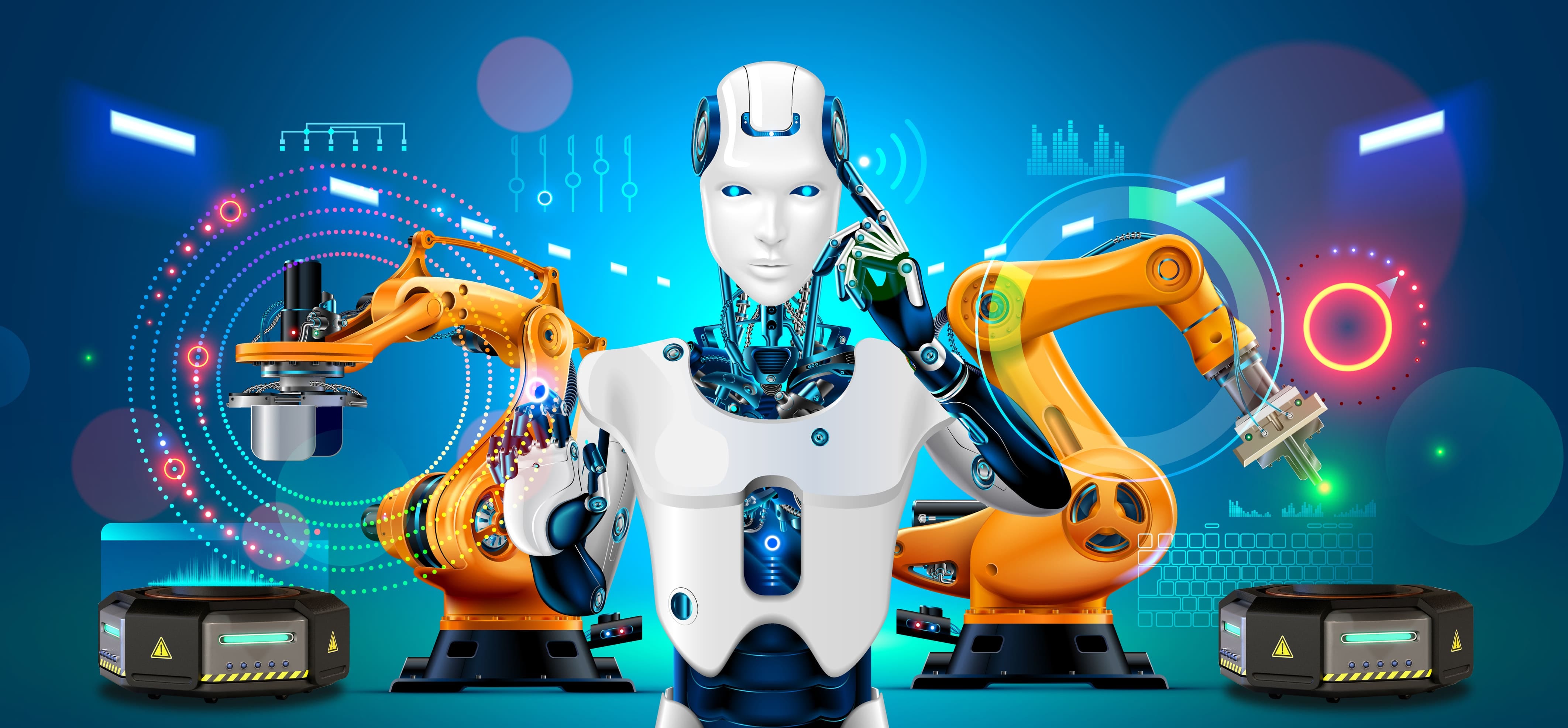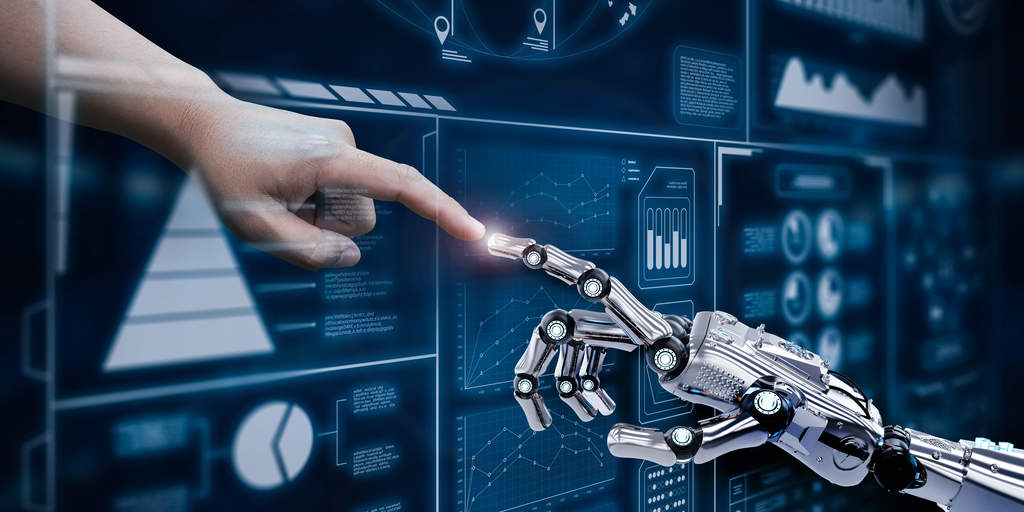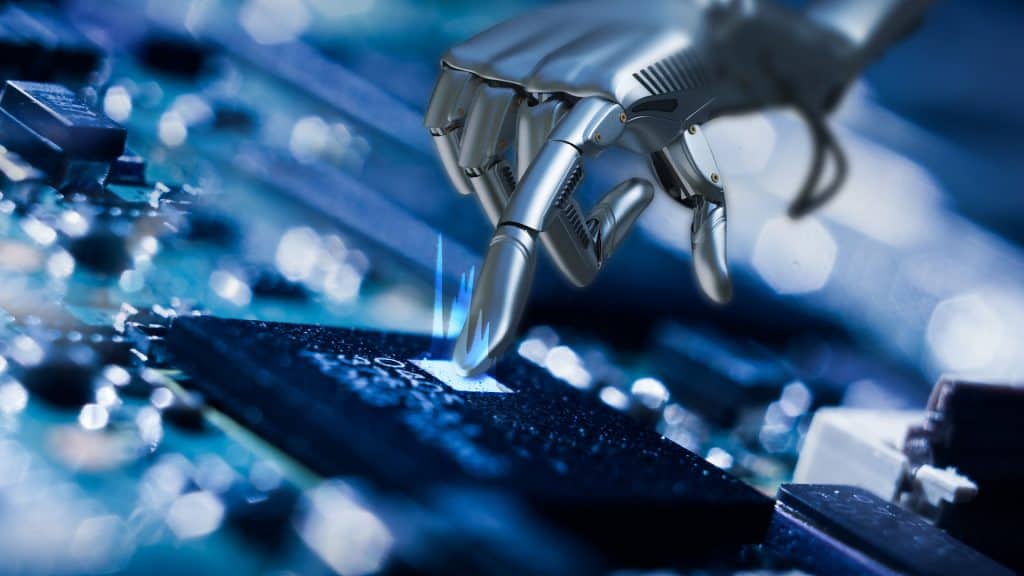Get Support
+91 9123517774
Step into the future of manufacturing with the transformative influence of Robotics. In the dynamic landscape of industry, robotics has emerged as a driving force, reshaping traditional production methodologies and introducing a new era of efficiency, precision, and innovation.
The Rise of Robotics in Manufacturing
Robotics is revolutionizing the manufacturing sector, offering unparalleled advantages in terms of speed, accuracy, and adaptability. These intelligent machines, equipped with advanced sensors and programming, perform a myriad of tasks, from assembly and welding to packaging and quality control.


Key Contributions of Robotics in Manufacturing
The integration of robotics into manufacturing processes brings about transformative changes:
- Increased Efficiency: Robots operate with precision and consistency, enhancing production speed and reducing cycle times.
- Enhanced Safety: Robotics takes on tasks that pose risks to human workers, ensuring a safer work environment.
- Quality Assurance: Automated systems conduct rigorous quality checks, minimizing errors and defects in the manufacturing process.
- Adaptability: Robotics adapts to varying production needs, swiftly transitioning between tasks and accommodating changes in product design.
Applications of Robotics in Manufacturing
The versatility of robotics finds applications across diverse manufacturing domains:
- Automated Assembly: Robots excel in assembling intricate components with speed and precision.
- Welding and Fabrication: Robotic arms execute complex welding tasks, ensuring uniformity in fabrication processes.
- Packaging and Logistics: Robotics streamlines packaging operations and contributes to efficient logistics and distribution.

.webp)
Challenges and Future Outlook
While robotics offers immense potential, challenges include initial investment costs, the need for specialized programming, and concerns related to job displacement. However, ongoing advancements in collaborative robotics, artificial intelligence, and human-robot interaction are shaping a future where man and machine work in tandem, maximizing productivity and creativity.
Conclusion: Transforming Manufacturing Landscapes
As we navigate the evolving landscape of manufacturing, the integration of robotics stands as a defining chapter. From precision engineering to streamlined production, robotics is not merely a technological evolution but a revolution, propelling industries into a future where innovation knows no bounds.


